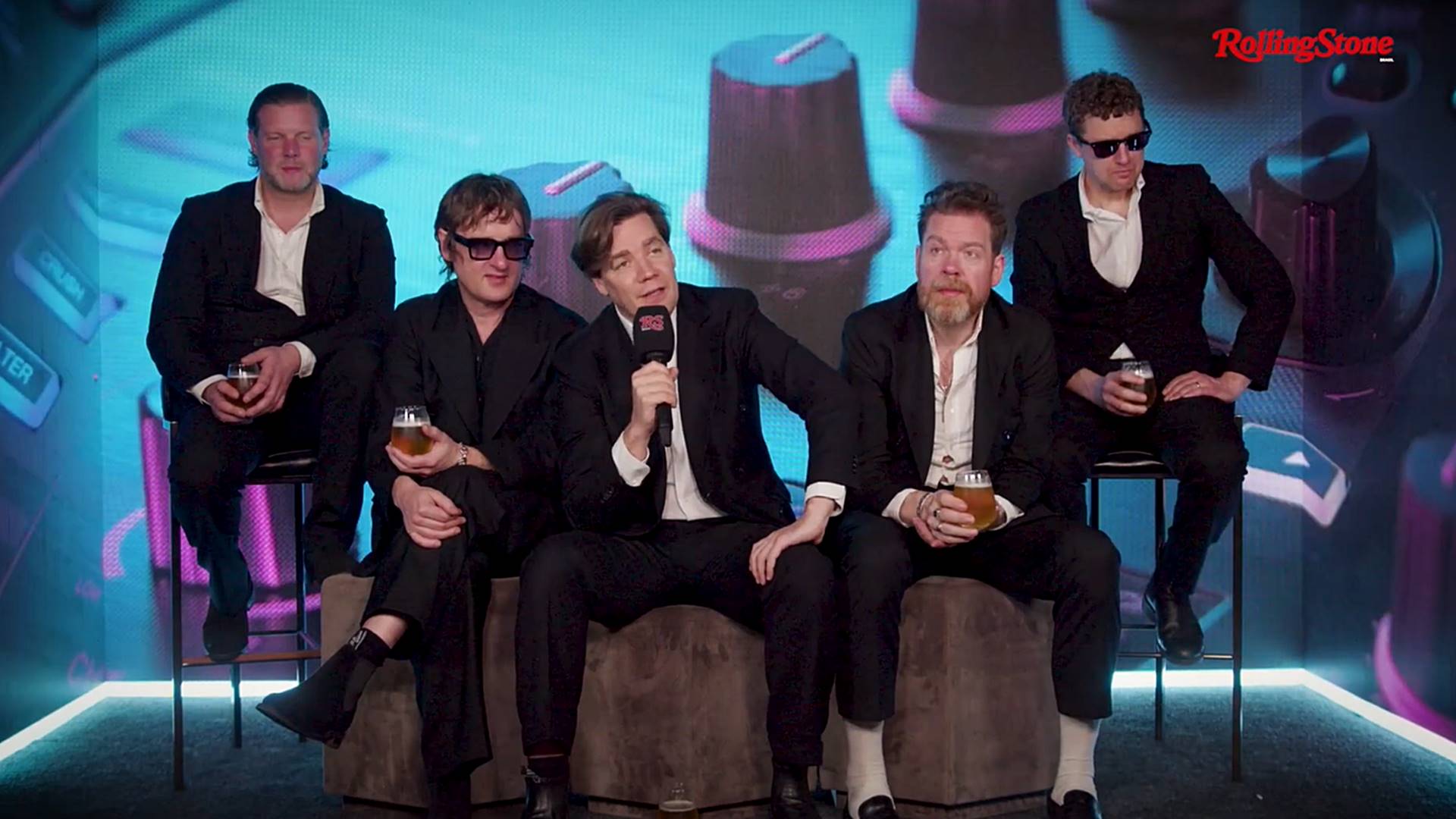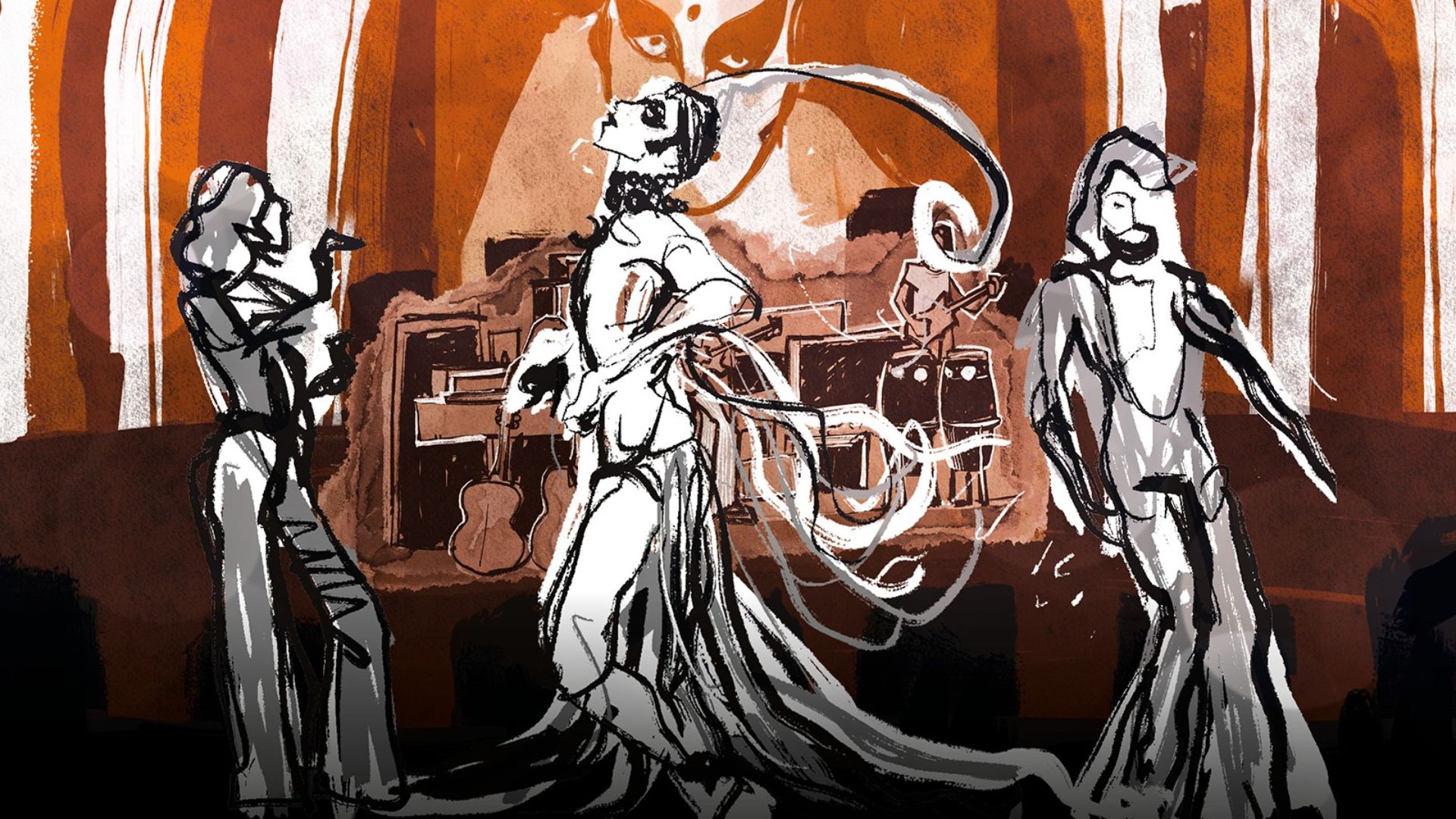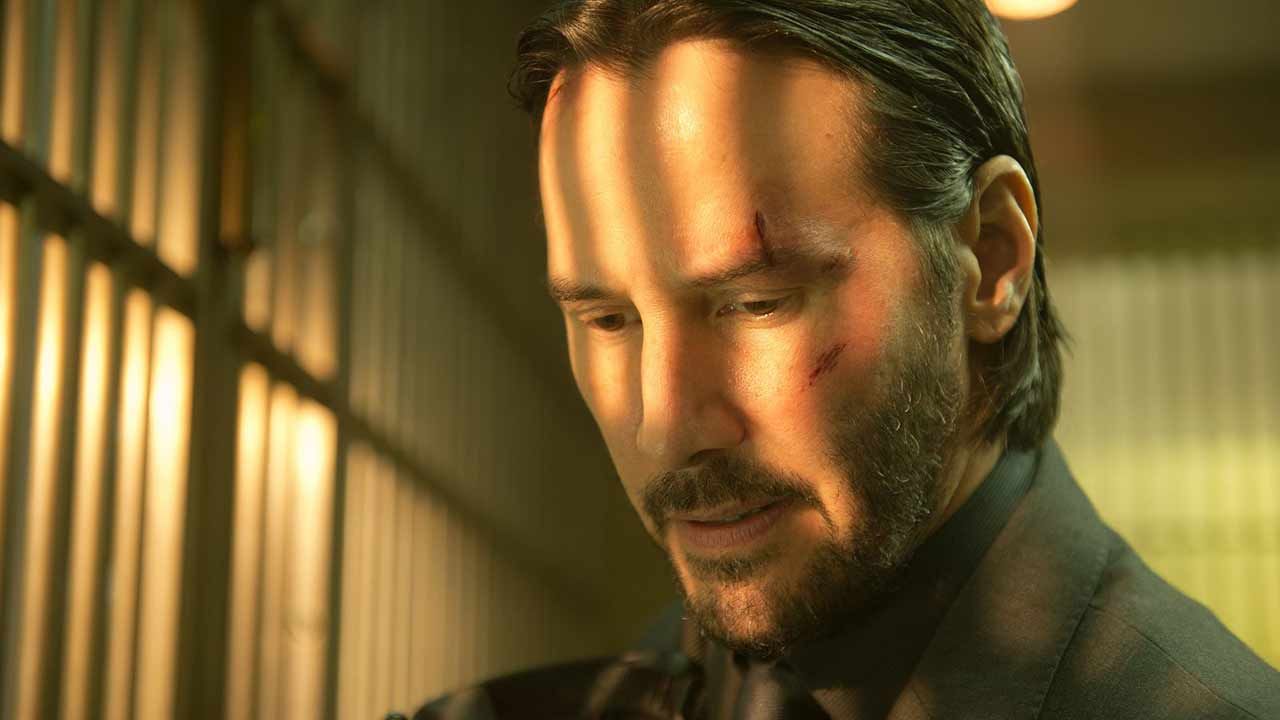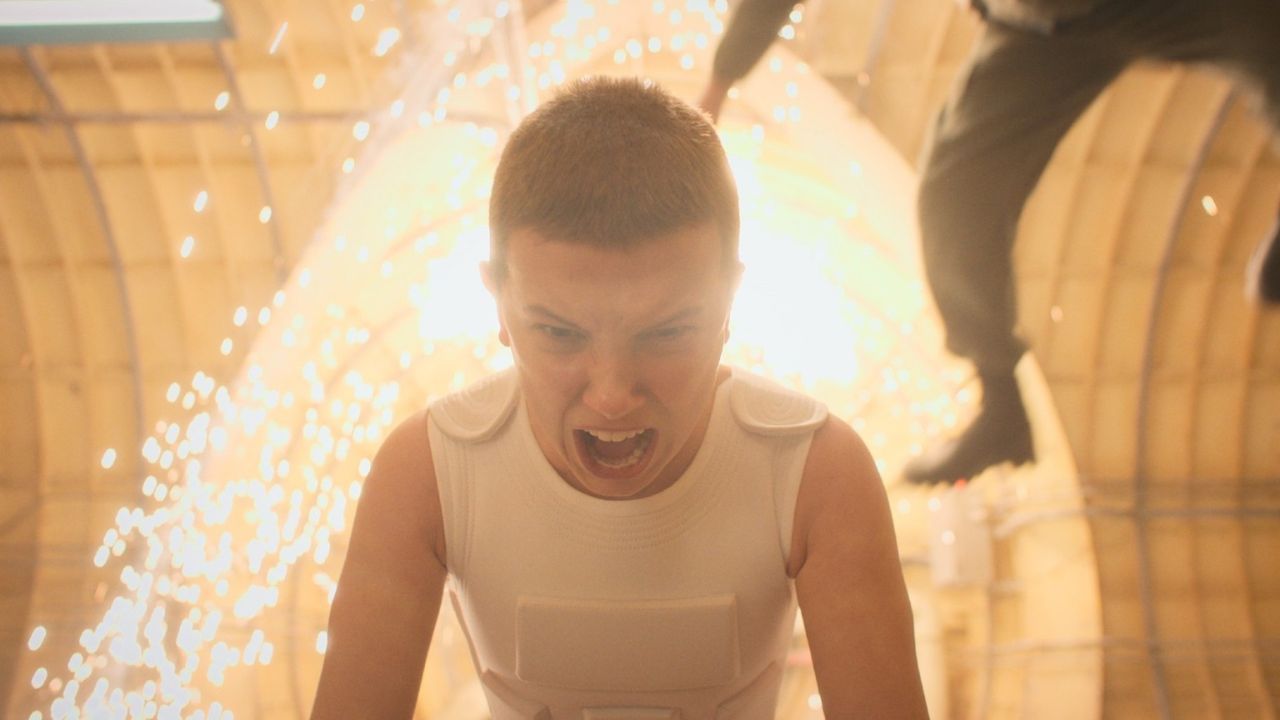The movie AI – Artificial Intelligence may be considered a cult classic today, but it didn’t always have that reputation. When it was released in 2001, its reception was quite mixed, especially due to its attempt to blend the emotional style of Steven Spielberg with the cold and calculating ideas of Stanley Kubrick. A critical analysis of this film reveals the impact of the collaboration between these two cinema giants and how the theme of artificial intelligence was approached in a unique way.
Plot and Theme
In a future where self-aware robots are capable of love, THERE follows the journey of David, a robot boy who seeks to be accepted as a human. Created as a temporary replacement for a couple’s biological son, he is abandoned when the real son recovers, forcing David to embark on a quest to become a “real boy”, similar to the story of Pinocchio. David’s journey is a powerful metaphor for the nature of love, rejection, and the search for identity.
Collaboration between Spielberg and Kubrick
The genesis of THERE began with Stanley Kubrick, who developed the project over the years but passed it on to Spielberg before his death. The film is therefore an unusual combination of the two filmmakers’ distinct styles. Kubrick, known for his cold and calculating approach, contrasts with Spielberg, a master of creating deep and engaging emotions. This fusion of styles creates a film that at times feels disjointed, oscillating between philosophical introspection and sentimentality.
Divided Criticism at Launch
When it premiered, AI – Artificial Intelligence was criticized for its lack of cohesion. The film was described as a flawed tribute to Kubrick, and many critics felt that Spielberg “sugared” the story to the point that it lost its original impact. The publication Prisma even said that the film had bored audiences with its long running time and saccharine ending. However, over time, the film began to be reevaluated, gaining cult status and a respectable score on Rotten Tomatoes.
The Kubrickian Element
Despite initial criticism, Kubrick’s mark is evident in THERE. The portrayal of humanity through the eyes of an artificial intelligence is loaded with philosophical reflections, especially on the alienation and coldness of human relationships. Kubrick’s pessimistic view of humans’ ability to accept the “other”, in this case, a robot with feelings, unfolds in an intriguing way throughout the film.
The Spielbergian Emotion
On the other hand, Spielberg brings his emotional signature, especially in the last 20 minutes of the film. This ending is so emotional that some consider it one of the most moving sequences in cinematic history. Although Kubrick conceived the idea, Spielberg shaped the execution with his cinematic sensibilities, creating an ending that resonates emotionally with audiences, even if it is considered over-the-top by some.
Visual Aesthetics and Soundtrack
The visual work of THERE is another highlight. Janusz Kaminski’s cinematography gives the film a dark and dreamlike atmosphere, capturing the duality between advanced technology and emotional fragility. John Williams’ soundtrack complements this aesthetic, intensifying the emotional impact without deviating from the futuristic and melancholic tone of the narrative.
Reassessment over Time
Over time, THERE has been reevaluated by many critics and film buffs. The film has come to be seen not only as a problematic project, but as a work rich in symbolism and layers of interpretation. The cult status it has gained reflects the ability of audiences to see beyond its flaws and recognize the film as a profound exploration of the relationship between humanity and technology, a theme that becomes increasingly relevant as artificial intelligence advances.
Humanity and Technology Themes
One of the greatest merits of THERE is his exploration of the boundaries between artificial intelligence and humanity. The film raises profound questions about what it means to be human, especially when it comes to the ability to love and be loved. David, as a robot with feelings, questions the extent to which technology can mimic – or even surpass – human emotions.
A Film Ahead of Its Time
The initial criticism of THERE may have been harsh, but as society approaches the realities presented in the film, such as the advancement of artificial intelligence, it becomes increasingly relevant. Questions about ethics, artificial emotions and the role of technology in our lives make THERE a visionary work, albeit imperfect in its execution.
Conclusion
Artificial intelligence Steven Spielberg’s The Man Who Killed Me is not an easy film to categorize. Its success lies in its failure: the attempt to reconcile two opposing styles creates a fascinating and complex final product. The combination of Spielberg and Kubrick’s visions results in a film that deserves to be rediscovered and analyzed, especially in light of current discussions about artificial intelligence and the human condition.
Summary for those in a hurry:
- AI – Artificial Intelligence combines the visions of Spielberg and Kubrick, resulting in a unique work.
- The plot follows David, a robot who seeks to become human, addressing themes of identity and rejection.
- Initial reviews were negative, but the film gained cult status over time.
- Spielberg brings emotion, while Kubrick influences the philosophical coldness of the narrative.
- Janusz Kaminski’s cinematography and John Williams’ score elevate the visual and emotional experience.
- The film is relevant in the current context of the advancement of artificial intelligence.
Source: Atrevida
Earl Johnson is a music writer at Gossipify, known for his in-depth analysis and unique perspective on the industry. A graduate of USC with a degree in Music, he brings years of experience and passion to his writing. He covers the latest releases and trends, always on the lookout for the next big thing in music.









